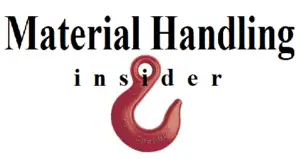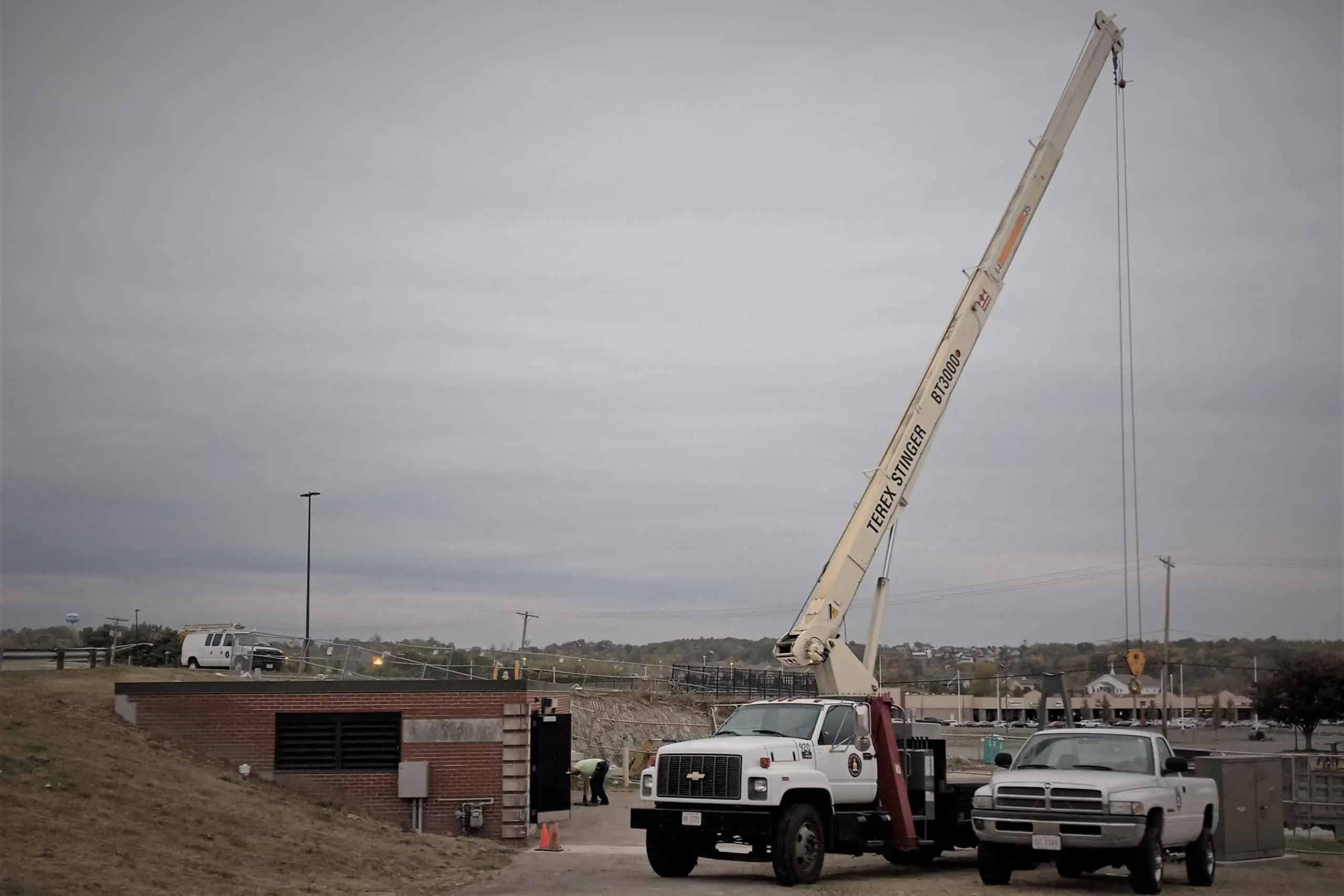After working as a Design Engineer in the Material Handling Industry for 30 plus years, it is still mind boggling how expansive the industry is, and the sheer volume of material handling equipment that is available. But sometimes all you need to do to get a handle on things is to break it down into smaller bites, give examples and take a moment to define the things that you know. That is our plan of attack in the article that follows.
So the main question we need to define in order to move forward is – “What is Material Handling Equipment?”
Material Handling Equipment can be defined as the equipment that enables the control, protection, storage and movement of materials not only throughout a companies value added processes, but its entire supply chain. Material Handling Equipment can be described as one of three types. Manual, Mechanical, and Automatic.
Now with that definition under our belt, I feel like we have put a chink in the proverbial armor that protects the mysterious secrets of the material handling equipment realm. As we take a deeper dive, material handling enlightenment shall be bestowed upon us all.
A more detailed answer on what Material Handling Equipment is.
Material Handling Equipment can be categorized into material control, material protection, material storage, and material movement.
Material Control – controls the material as it makes its way through the customer’s supply chain.
Material Protection – protects the material during various stages in the supply chain.
Material Storage – is used when the material is being stored.
Material Movement – is used when moving the material along the supply chain.
There are three types of material handling equipment. Manual, Mechanical, and Automatic.
Manual – uses human power and human guidance.
Mechanical – uses machine power and human guidance.
Automatic – uses machine power and guidance.
So if you take those four categories of material handling equipment, and multiply it times the three types of material handling equipment, you end up with a matrix of 12 different variations of Material Handling Equipment.
| Manual | Mechanical | Automatic |
|---|---|---|
| Manual Material Control | Mechanical Material Control | Automatic Material Control |
| Manual Material Protection | Mechanical Material Protection | Automatic Material Protection |
| Manual Material Storage | Mechanical Material Storage | Automatic Material Storage |
| Manual Material Movement | Mechanical Material Movement | Automatic Material Movement |
Material Handling Equipment – Manual Material Control
Material Handling Equipment that fits into this category is done by hand, and it is used to control materials. This section of the matrix is rather small, compared to other sections.
A good example of this type of this would be things like kanban cards. A kanban card is a card that serves as a visual indicator that it is time to re-order materials. The card is then turned into the material planning people and orders are placed in order to start the process to replenish the materials. The fact that the card is not in its storage location tells anyone that the process is underway to replenish the needed materials
Material Handling Equipment – Manual Material Protection
Material Handling Equipment that falls into this category is used to manually protect materials for storage and moving that is about to take place.
Good examples of this type of material handling equipment would be using a hand held shrink wrapper to wrap goods for shipment. Another example would be banding to strap product to a skid for transporting. A third example would be installing cardboard or foam around product being prepared for shipment.
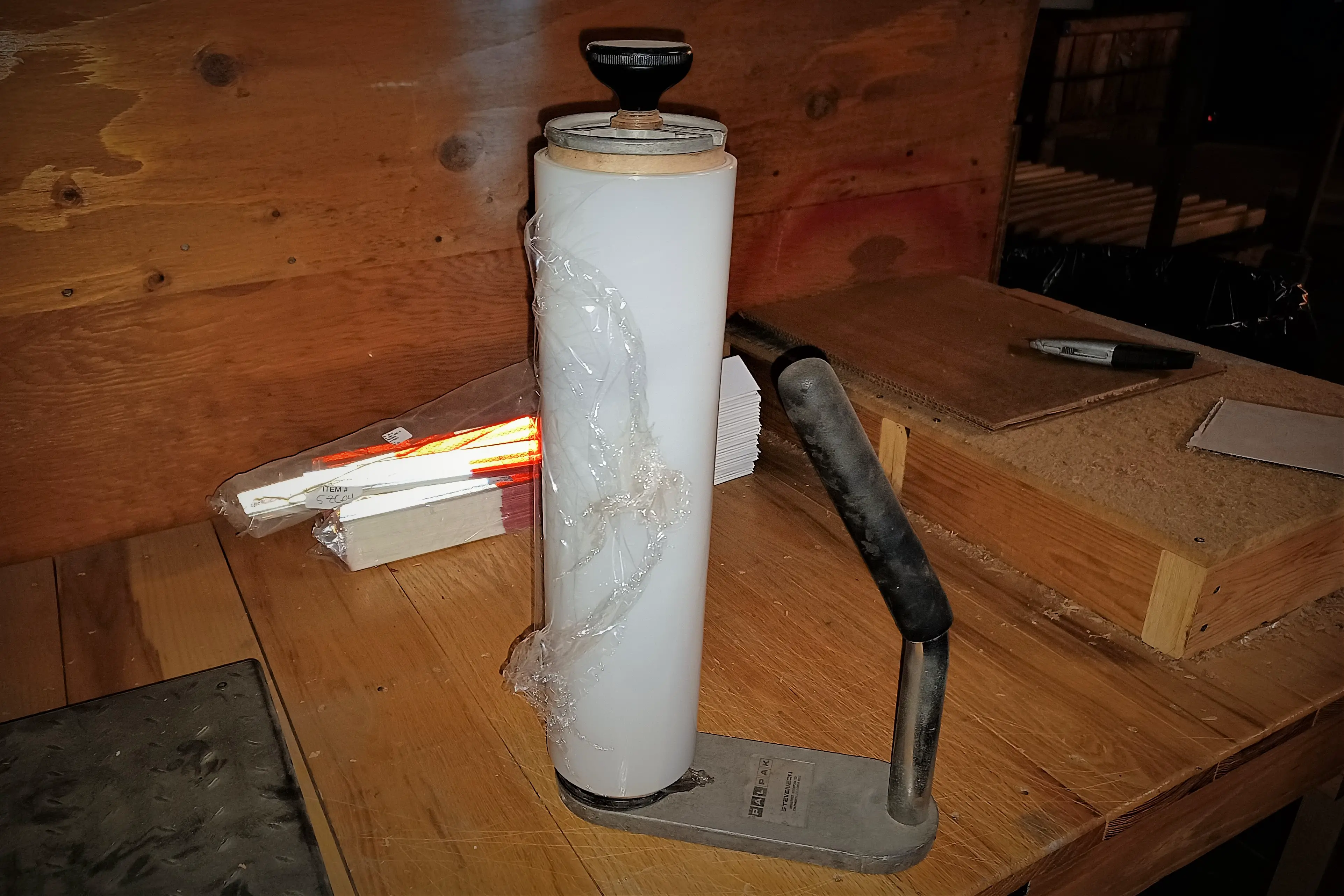
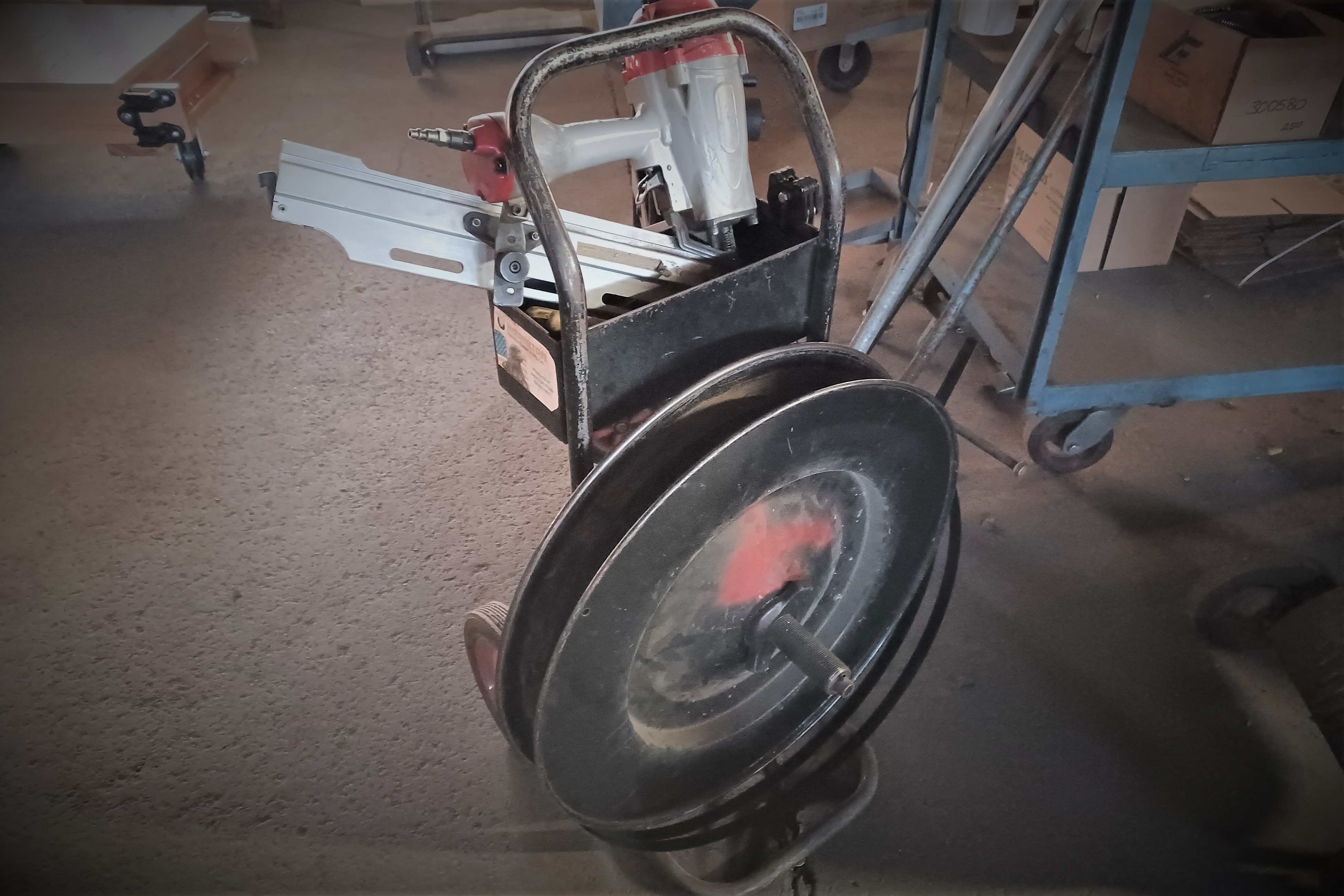
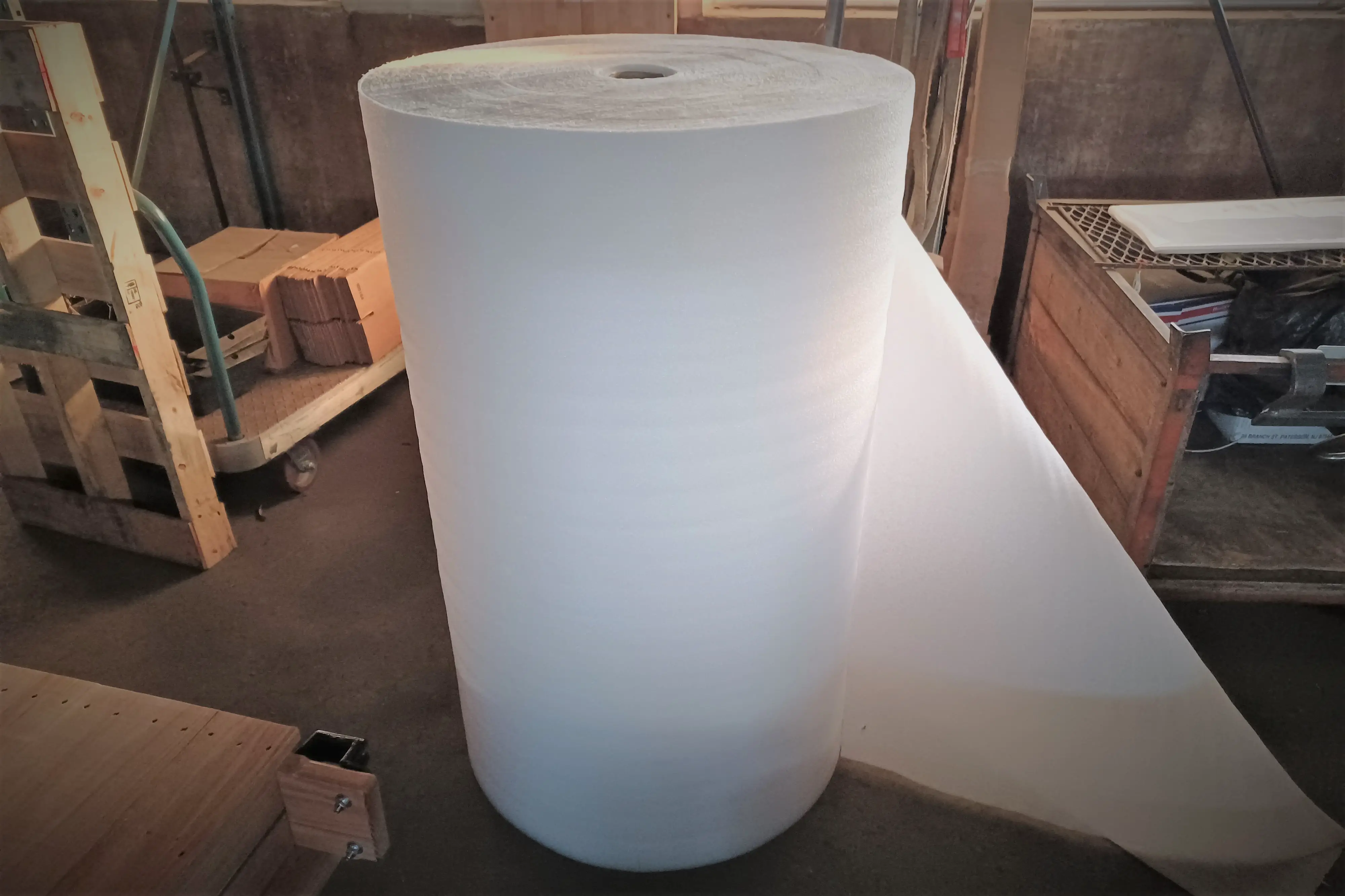
Material Handling Equipment – Manual Material Storage
Material Handling Equipment that falls into this category is used to store something manually.
Good examples of this type of material handling equipment would be shelves that products would be stored on. Other examples are bins that hold materials or cabinets that materials can be stored inside.
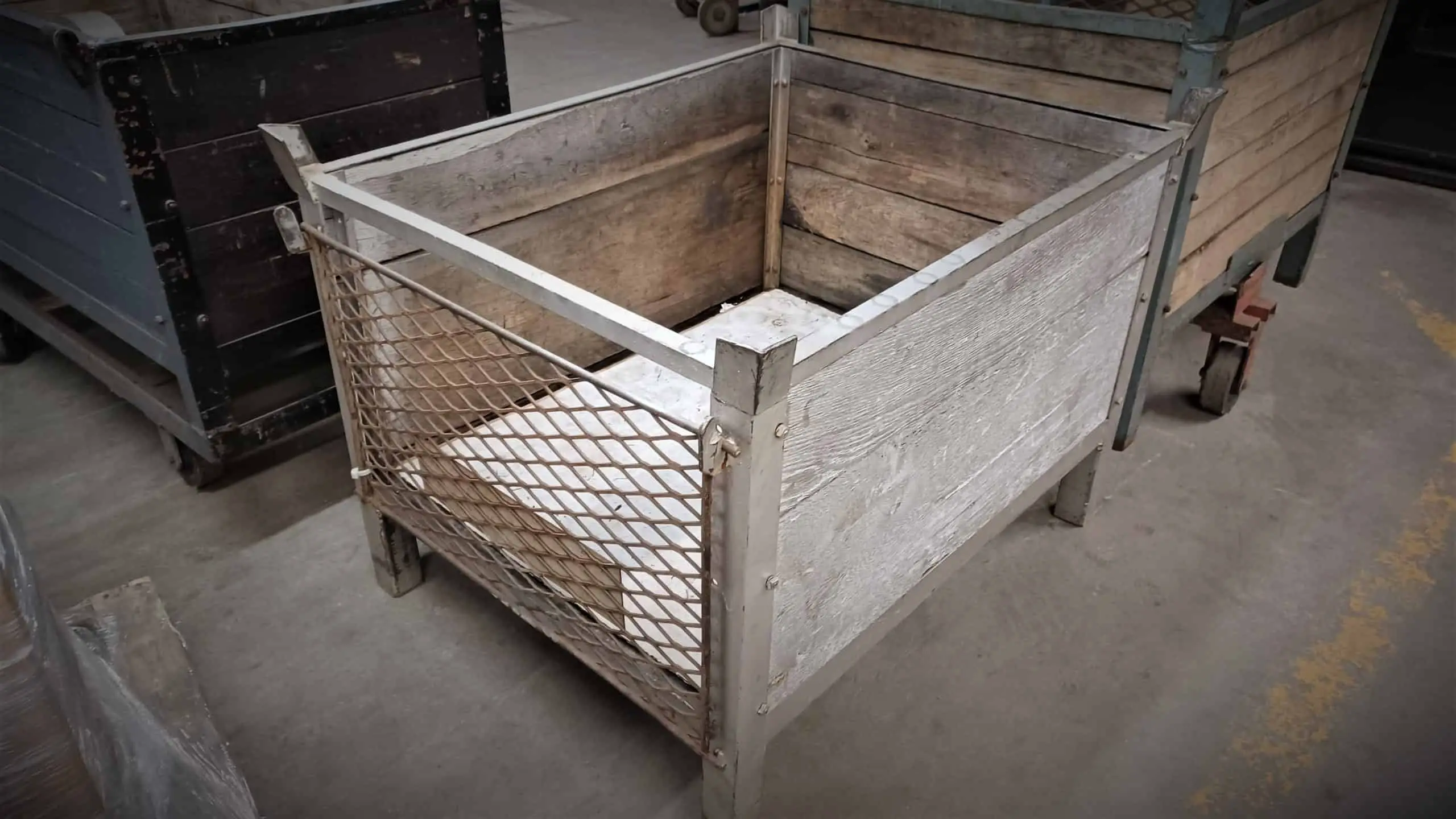
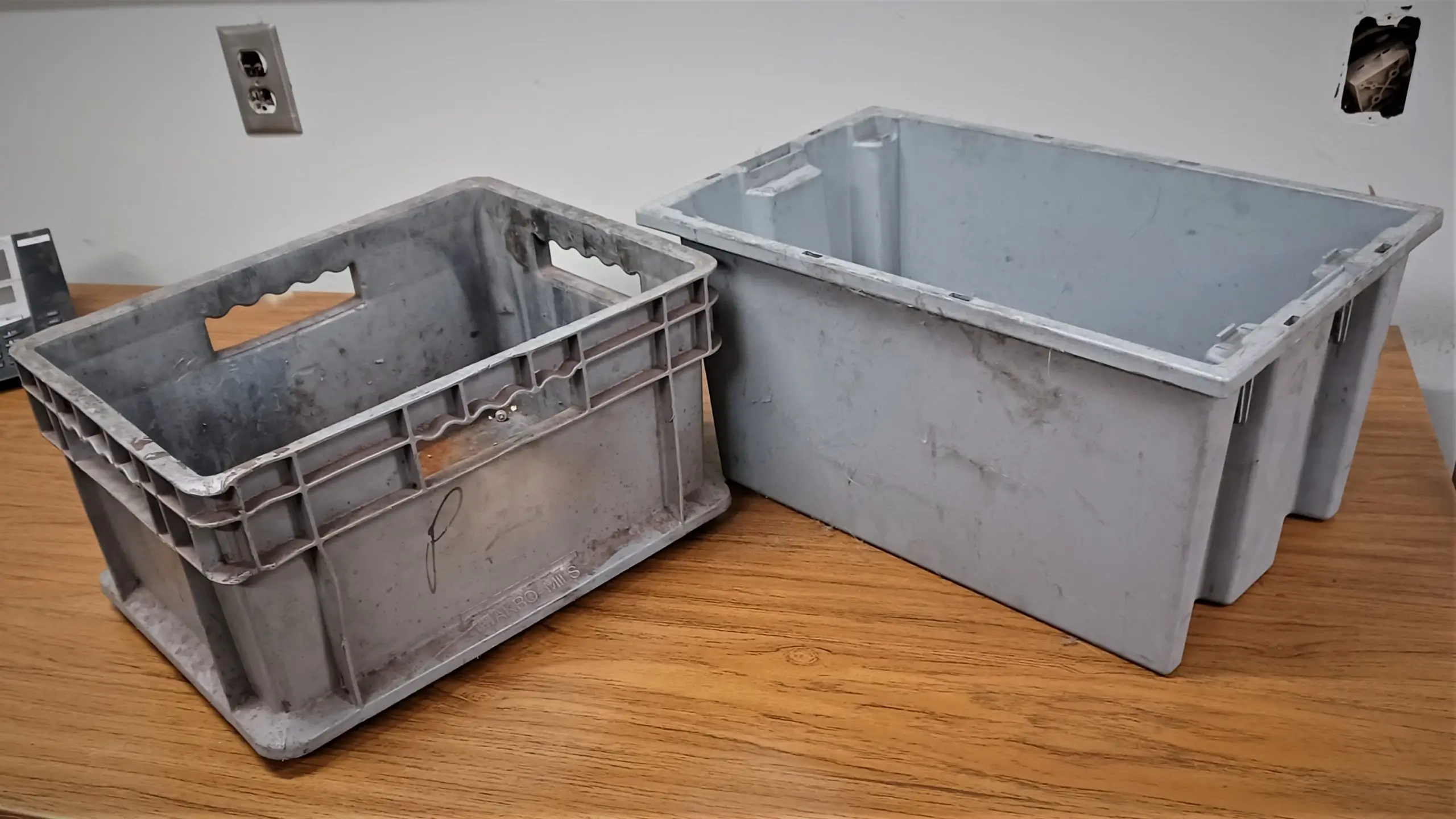
Material Handling Equipment – Manual Material Movement
Material Handling Equipment that falls into this category is used to manually move materials around.
A good example would be loading a semi truck with a pallet jack. Another example would be picking up a box and placing it on a platform truck. Now pushing the truck down an aisle would also be considered manual material handling.
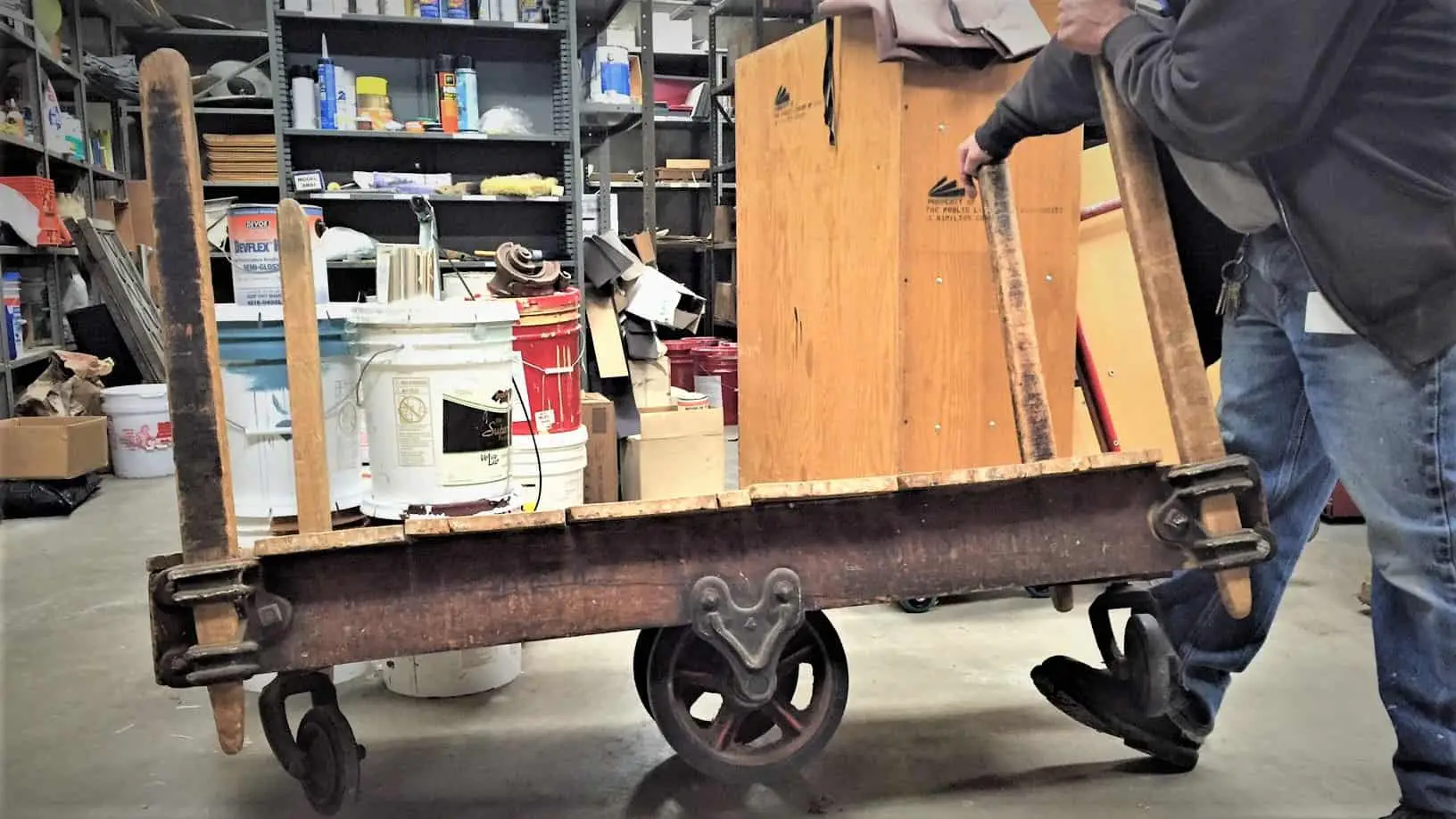
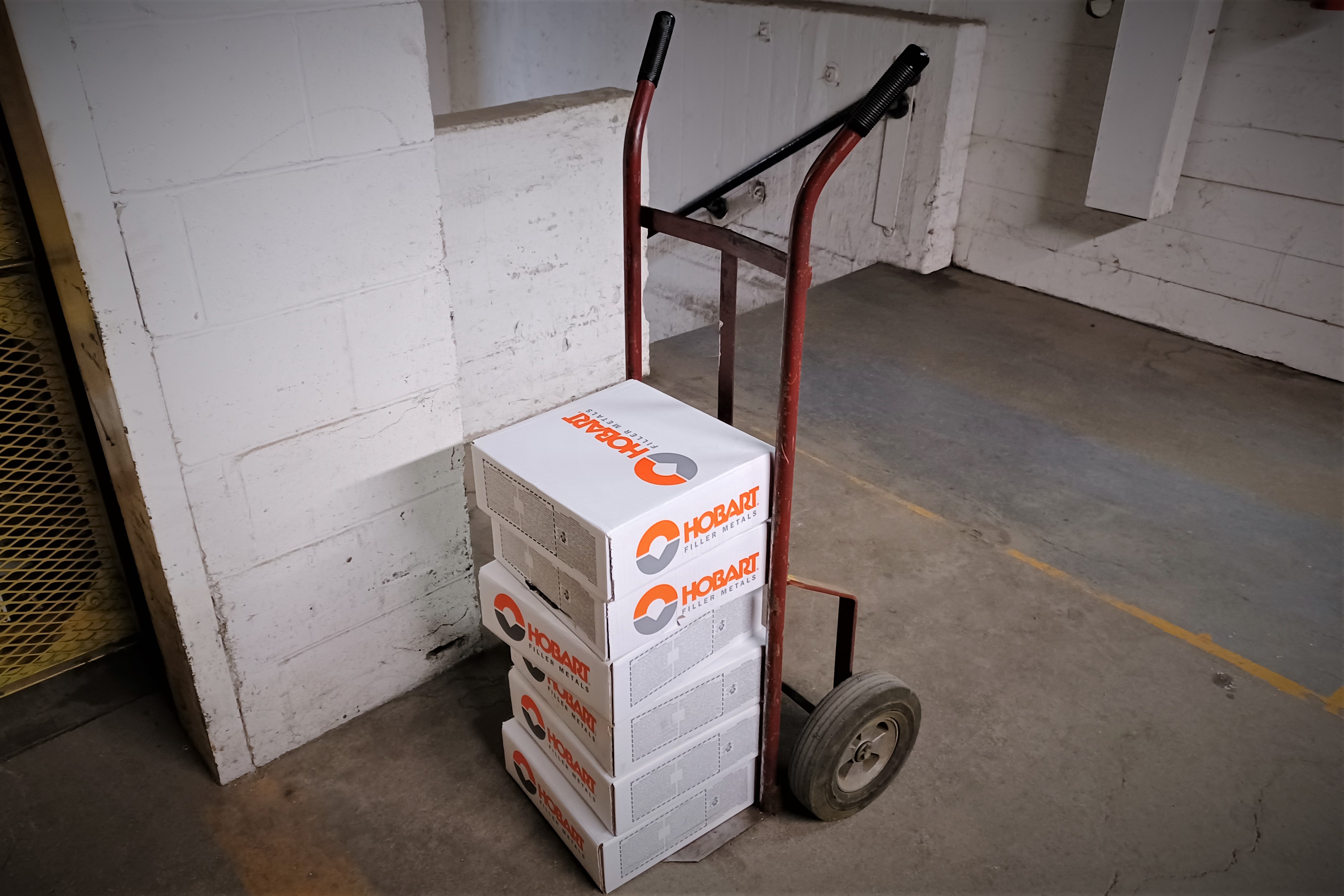
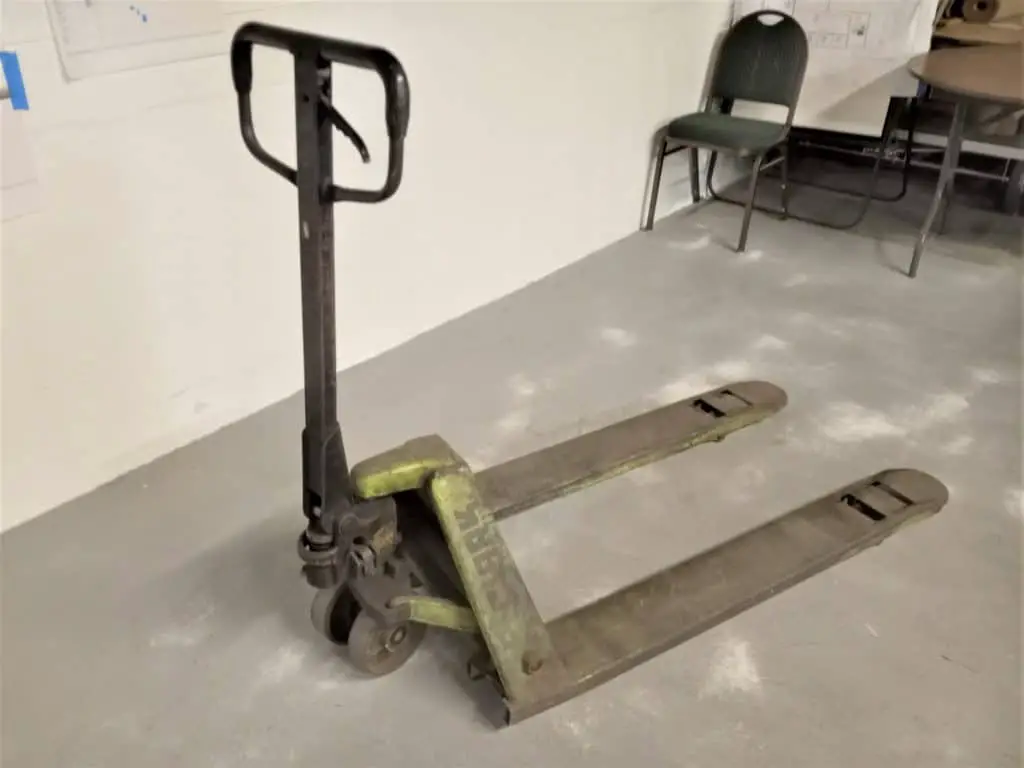
Material Handling Equipment – Mechanical Material Control
Material Handling Equipment that falls into this category would be a piece of equipment used for material control that would be manipulated by the operator.
A good example would be a hand held barcode scanner. Another example would be a pick to light, or put to light system.
Material Handling Equipment – Mechanical Material Protection
Material Handling Equipment that falls into this category would be used to protect materials, but applied mechanically and manipulated by hand.
A good example would be a foam in place machine used to fill the unused portion of a box with foam in order to protect the product that you are shipping.
Material Handling Equipment – Mechanical Material Storage
Material Handling Equipment in this category would be powered by a machine, but controlled by an operator.
One example of this type of mechanical storage equipment would be a container loader. It uses mechanical power at the direction of an operator to store material inside of a shipping container.
Material Handling Equipment – Mechanical Material Movement
Material Handling Equipment that falls into this category would be a powered machine, that is controlled by an operator. The equipment that falls into this category makes up a large portion of the Material Handling Industry.
Examples would be fork trucks, cranes, tow motors, power pushers, lift tables, powered conveyors and so on. This list of examples is so long, that we are only giving a few examples.
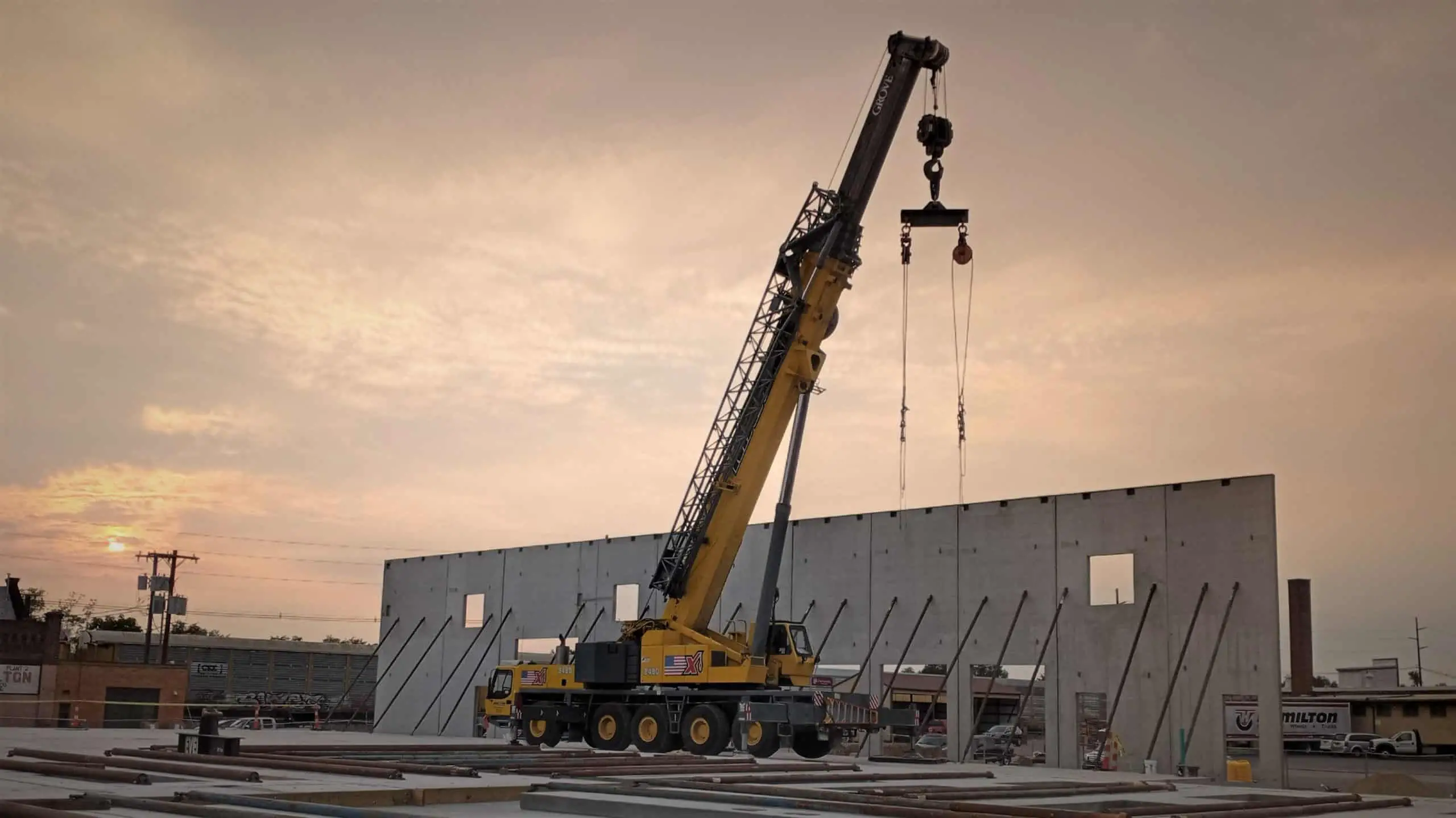
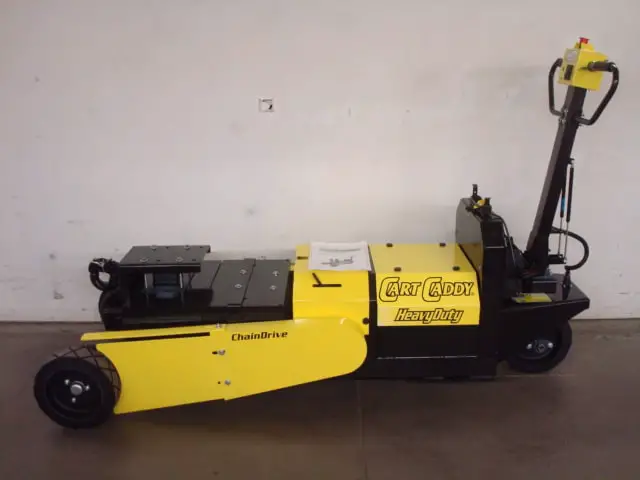
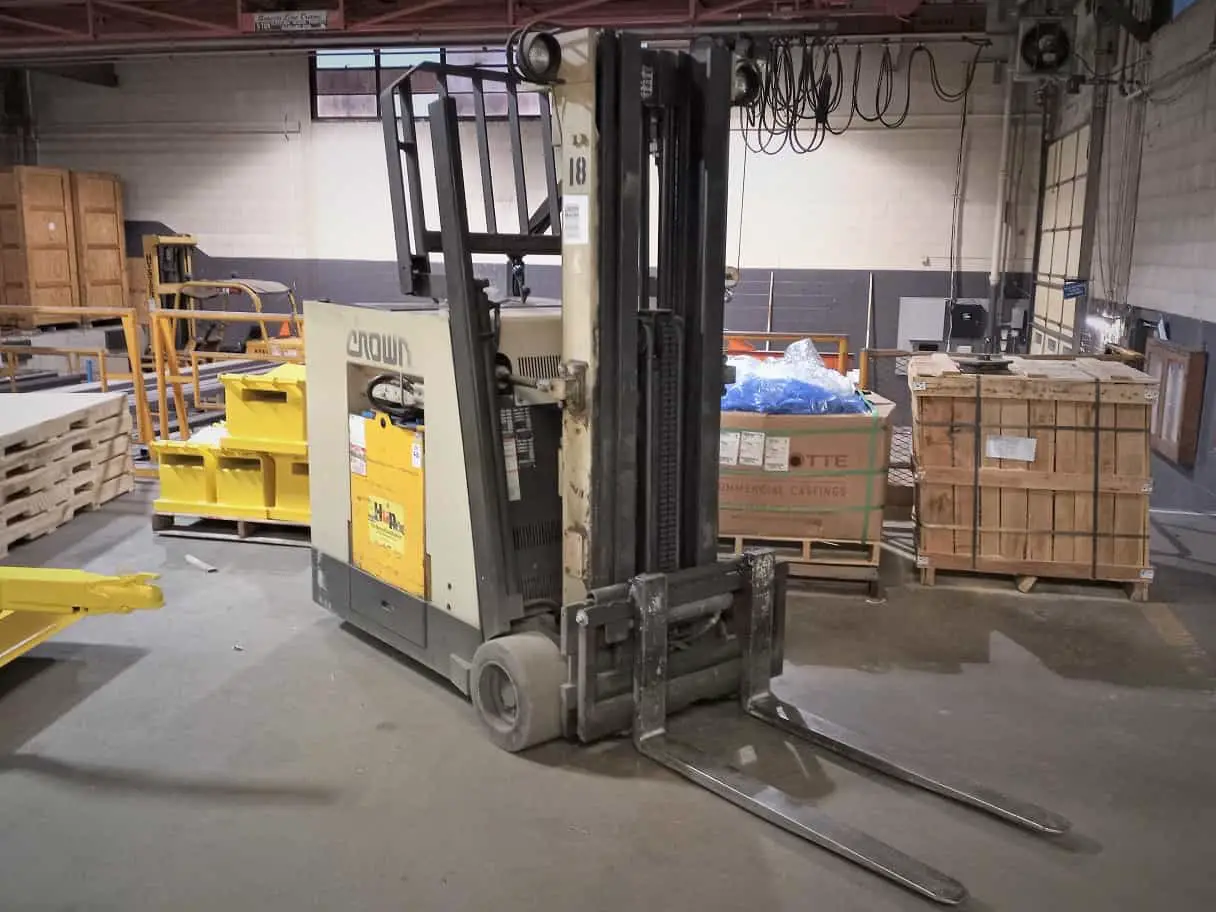
Material Handling Equipment – Automatic Material Control
Material Handling Equipment that would fall into this category would Automatically control where material would go and track its location.
A good example of this type of Material Handling Equipment would be a cross sorting conveyor system. It has automatic barcode readers that retrieves information from databases and sorts packages into their correct destinations.
Material Handling Equipment – Automatic Material Protection
Material Handling Equipment in this category would Automatically provide material protection without direct input from a human.
A good example would be an automatic palletizer, or a automatic shrink wrapper. Below is a solution that is combination of both. A robotic palletizer and an automatic shrink wrapper
Material Handling Equipment – Automatic Material Storage
Material Handling Equipment that falls into this category would automatically store and retrieve materials from the desired locations.
A good example would be Automatic Storage and Retrieval Systems (AS/RS). These systems automatically put away the materials in the desired locations, and they automatically retrieve materials when needed.
Material Handling Equipment – Automatic Material Movement
Material Handling Equipment that falls into this category would automatically move materials down the supply chain to the next step.
A good example would be AGVs, AGCs or something in that family of products.
Material Handling Equipment in summary
In summary, the Material Handling Equipment market is enormous, and is near impossible to comprehend as one unit. You can break up the market in segments, which makes it quite a bit easier to understand.
The categories of Material Handling Equipment tell you what the equipment does. The types of Material Handling Equipment tell you how it is operated.
For example, the typical forklift fits into the mechanical movement segment. The forklift provides the power to do the work and is immediately controlled by the operator (mechanical) and is used to move material (movement) from one point in the supply chain to another.
